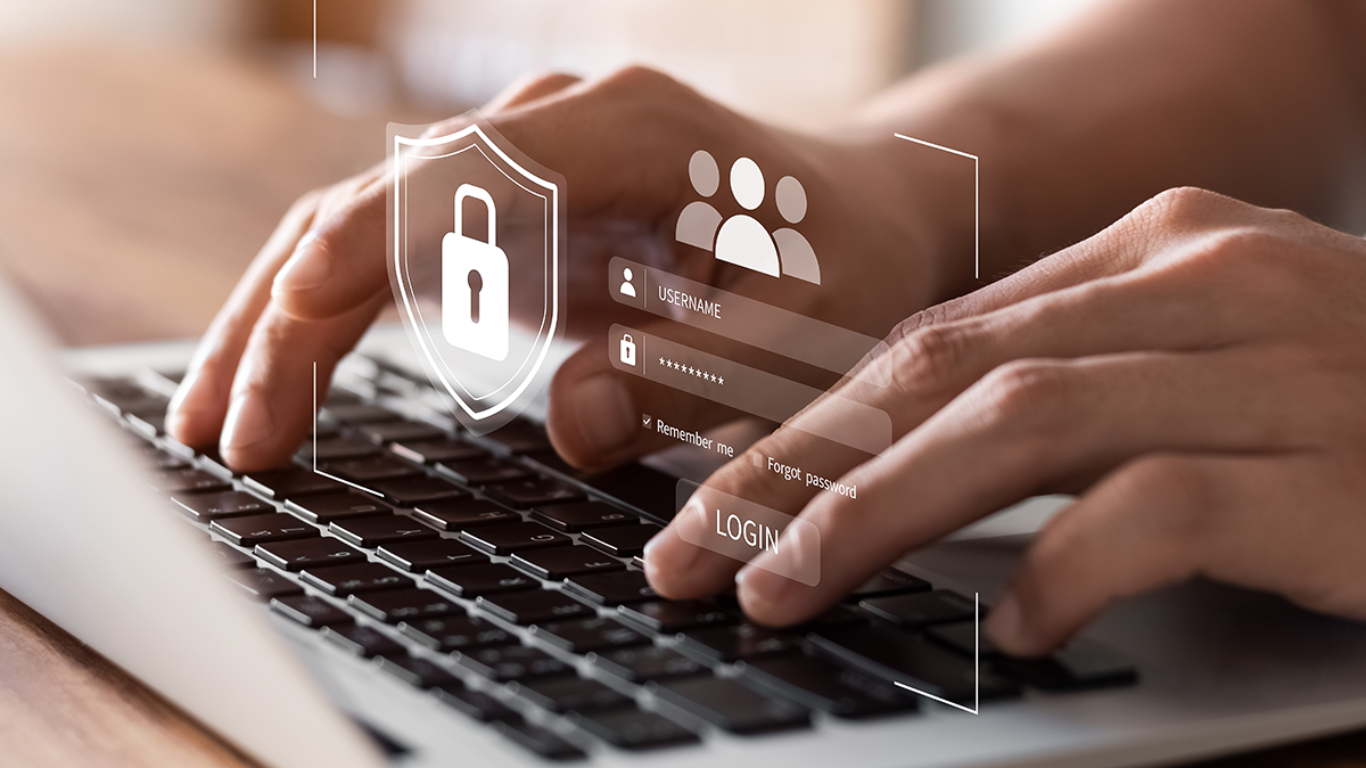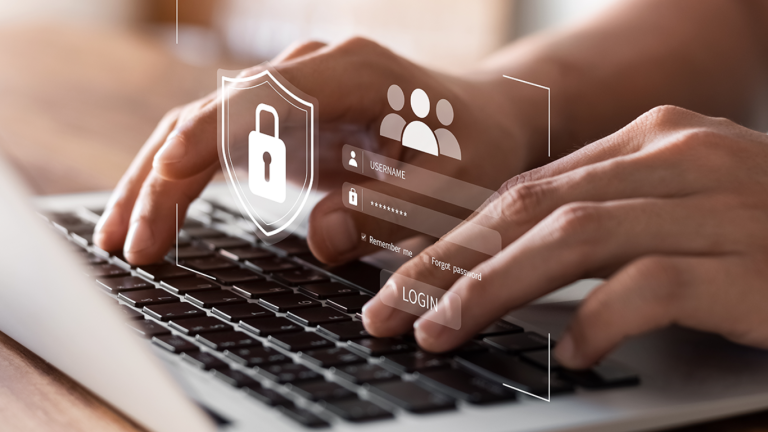
Safeguarding Your Personal and Financial Data: Essential Strategies for Security
Imagine waking up to find your bank account emptied or your personal information circulating on the dark web. In today’s hyper-connected world, cyber threats are more sophisticated than ever, targeting individuals and businesses alike. With financial fraud and data breaches on the rise, protecting your personal and financial
information is no longer optional—it’s essential.
According to cybersecurity reports, global data breaches exposed over 22 billion records in a single year, costing businesses and individuals billions in damages. Identity theft, phishing scams, ransomware attacks, and financial fraud have become increasingly common, emphasizing the urgency of robust security measures. Whether you are a business leader or an individual, securing your data should be a top priority.
Key Strategies to Protect Your Data
1. Strengthen Your Passwords and Authentication
One of the most effective yet overlooked security practices is maintaining strong passwords and authentication methods.
-
Use complex passwords with a mix of uppercase and lowercase letters, numbers, and special symbols.
-
Enable multi-factor authentication (MFA) for an added layer of security beyond passwords.
-
Avoid using the same password across multiple accounts, as hackers often exploit reused credentials.
-
Consider using a password manager to store and generate strong passwords securely.
2. Stay Vigilant Against Phishing Attacks
Phishing remains one of the most deceptive and successful cyber-attack methods, tricking individuals into revealing sensitive information.
-
Be cautious of unsolicited emails, messages, or phone calls requesting personal or financial details.
-
Verify the sender before clicking on links or downloading attachments.
-
Use email security filters and report suspicious communications to your email provider.
-
Look for red flags such as grammatical errors, urgent requests, or unusual sender addresses.
3. Secure Your Devices and Networks
Your digital security is only as strong as the devices and networks you use.
-
Keep your operating system, antivirus software, and firewalls up to date to patch vulnerabilities.
-
Use a virtual private network (VPN) when accessing sensitive information on public Wi-Fi to prevent data interception.
-
Regularly back up important data on an external hard drive or cloud storage to protect against ransomware attacks.
-
Disable unnecessary Bluetooth and Wi-Fi connections when not in use to prevent unauthorized access.
4. Monitor Financial Transactions and Credit Reports
Financial fraud is a growing concern, and early detection is crucial in minimizing damage.
-
Set up bank alerts to notify you of any unusual or large transactions.
-
Regularly review your credit reports to spot signs of identity theft or fraudulent accounts opened in your name.
-
Use credit freezes or fraud alerts if you suspect any suspicious activity, preventing unauthorized credit inquiries.
-
Avoid saving credit card information on websites, as data breaches can expose stored details to hackers.
5. Protect Personal Information on Social Media
Social media platforms are often used as tools for gathering personal information for fraudulent purposes.
-
Limit the amount of personal data shared publicly, including birthdates, addresses, and travel plans.
-
Adjust privacy settings to restrict who can view your information and posts.
-
Be mindful of social engineering tactics where cybercriminals impersonate trusted individuals to extract sensitive details.
-
Avoid participating in online quizzes or challenges that ask for personal information, as they can be phishing attempts.
6. Educate Yourself and Stay Updated on Cyber Threats
Cyber threats are constantly evolving, making continuous learning essential.
-
Stay informed about the latest security threats and best practices by following cybersecurity news.
-
Take advantage of free or paid cybersecurity training programs offered by reputable institutions.
-
Educate employees, family members, or colleagues on identifying and preventing cyber risks.
-
Implement security awareness programs in businesses to build a culture of proactive defense.
The responsibility to protect your personal and financial data rests with you. By implementing these proactive measures, you can significantly reduce the risk of cyber threats. Whether you’re an individual managing your personal information or a business leader safeguarding sensitive company data, taking cybersecurity seriously is non-negotiable.

_medium.png)


















